Remote Meeting Icebreakers: Ways to Build Rapport with Distributed Teams
Why building rapport with distributed teams is so important — and the best ways to break the ice in remote meetings.
According to the 2019 State of the Digital Workspace report, a whopping 70 percent of remote workers reported feeling left out in the workplace. As a manager, if you want to keep your remote workers engaged, you need to build rapport, get to know them, and really make them feel part of the team.
And a great way to do that — particularly in remote meetings? Team icebreakers.
Meeting icebreakers questions are a great tool for creating a sense of inclusion in your team, driving engagement, and making remote meetings overall effective. But how, exactly, do you use icebreakers to build rapport with your distributed team?
(Don’t miss the list of icebreaker examples at the bottom of this post!)
- Why building rapport is so important
- How meeting icebreakers build rapport
- 5 Examples of icebreakers for virtual meetings
- Break the ice
Why is building rapport with distributed teams so important?
First things first — before we jump into how to use icebreakers to build rapport with your distributed team, let’s quickly cover why building rapport with your remote team is so important.
“Distributed teams start off with fewer context clues than co-located teams,” says Teresa Douglas, co-author of Working Remotely: Secrets to Success for Employees on Distributed Teams. “It’s very easy to jump to the wrong conclusion if someone you don’t know well sends you a terse email or appears angry in a video call.”
So, while someone on your team might easily brush off a terse email from their work BFF in the cubicle next door, they might take that same email much more personally from a remote worker they don’t know as well—which can lead to unnecessary conflict on your team.
Taking the time to build rapport — for example, by using virtual team icebreakers — allows all your team members to get to know each other better, which can help minimize that conflict and create a deeper sense of harmony and inclusion on your team, no matter where they’re located.
“Ice breakers, when done well, help us see our colleagues as people with feelings that should be respected,” says Douglas. “They help us build a story about each person that helps us give them the benefit of the doubt. If I believe that my colleague is a compassionate person who is good at her job, I’m more willing to forgive her if she’s abrupt because it doesn’t fit my story of who she is.”

How meeting icebreakers build rapport
Clearly, you want to build rapport with your distributed team — and, as mentioned, icebreakers are a great way to do it. But how, exactly, do icebreakers build rapport?
“Since remote teams do not have the usual ‘watercooler moments’ that co-located teams have, it’s important to find small pockets of time for people to share about themselves with each other to build context, trust, and relationships,” says Sacha Connor, a virtual leadership trainer who consults with clients on leading effective virtual meetings.
Icebreakers are a great way to create those “water cooler moments” in a remote environment and foster stronger relationships, collaboration, and inclusivity within your distributed team. In a Harvard Business Review article, Keith Ferrazzi, CEO of research-based consulting and training company Ferrazzi Greenlight, writes:
“While employees who are in the same office commonly chat about their lives, virtual teammates do so much more rarely. Try taking five minutes at the beginning of conference calls for everyone to share a recent professional success or some personal news. This is probably the easiest way to overcome the isolation that can creep in when people don’t work together physically.”

Elements of a good icebreaker
When you get icebreakers right, they can have a positive impact on everything from team morale to overall productivity. Caroline Forsey, staff writer for Hubspot, perfectly summarized the impact of effective icebreakers in a recent blog post:
“The best ice breakers have the power to strengthen coworker bonds, stimulate better brainstorming sessions, and create an atmosphere of inclusivity.”
But not all icebreakers are created equal — and not all team meeting icebreakers will build the kind of rapport you’re looking for with your remote team. So how, exactly, do you get an icebreaker “right?”
Or, in other words, what are the elements of an effective icebreaker?
“The best icebreakers are ones that allow people to share a story about themselves—but that could be really small, like their favorite snack food, or go deeper, like telling the story of how they got their middle name,” says Connor.
While icebreakers should (of course) allow you to get to know your remote workers and foster a sense of connection within your team, it’s important not to get too personal with your questions or activities — which can have the opposite effect and make your team feel uncomfortable.
“Good icebreakers allow people to talk about themselves without revealing more than they are comfortable sharing,” says Douglas. “Stay away from asking people questions that are too specific about their personal lives.”
5 Examples of icebreakers for virtual meetings
Using icebreakers in remote meetings is a must if you want to build rapport with your distributed team. But what do those icebreakers look like in action?
Here are a few examples of the best “distributed team icebreakers” to kick off your conference calls, courtesy of the experts:
1 What’s your favorite snack / food?
“This sounds straightforward, but it’s actually very useful,” says Connor. “It’s great intel that you can later use to personalize communication or event gifts to help strengthen the relationship. For example, learning your team member’s favorite snack food then becomes a great item to send them as a small birthday gift.”
2 How do you like to receive key information?
This is another icebreaker that will give you great intel on how to best work with your team. “Do they like to talk things out in a meeting, read an email or instant message and think about their response, or some other way?,” says Douglas.
3 Virtual dance party icebreaker
Not all icebreakers have to be conversation-based. In fact, getting your team up and moving might be an even more fun way to build your team bond! “We turn on music, then the first person shows a dance move on camera, the next person has to repeat that dance move and add their own dance move and so on,” says Connor.
4 What’s your favorite part of your job — and why?
This icebreaker, which comes recommended by Johnson, not only gives you insight into what each team member enjoys working on, it also allows your team to learn about interests and strengths they share with other team members — which can help strengthen relationships within your team.
5 What’s your favorite hobby?
Again, people tend to bond over similar interests — so allowing your team to share their favorite hobbies allows them to bond with other team members who enjoy similar activities.
Keep the conversation going and try these 60+ remote icebreaker questions.
Break the ice, build rapport, and build a thriving remote team
Building rapport is always important — but it’s especially important when you’re managing a remote or distributed team. But now that you know how to build rapport by using icebreakers in your remote meetings, all that’s left to do? Get out there and break the ice!









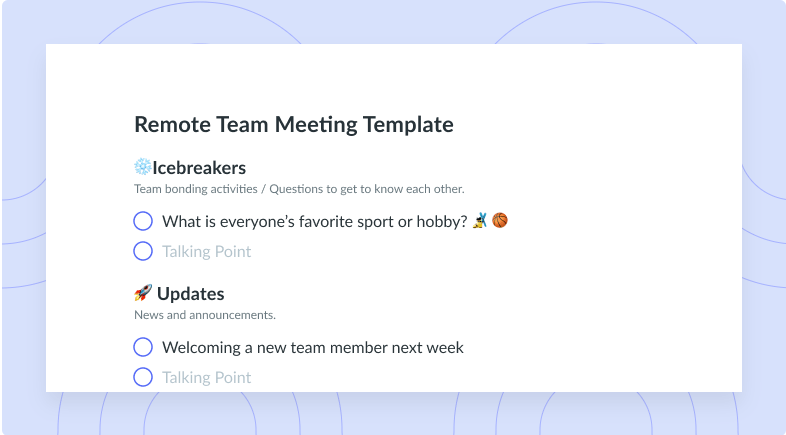
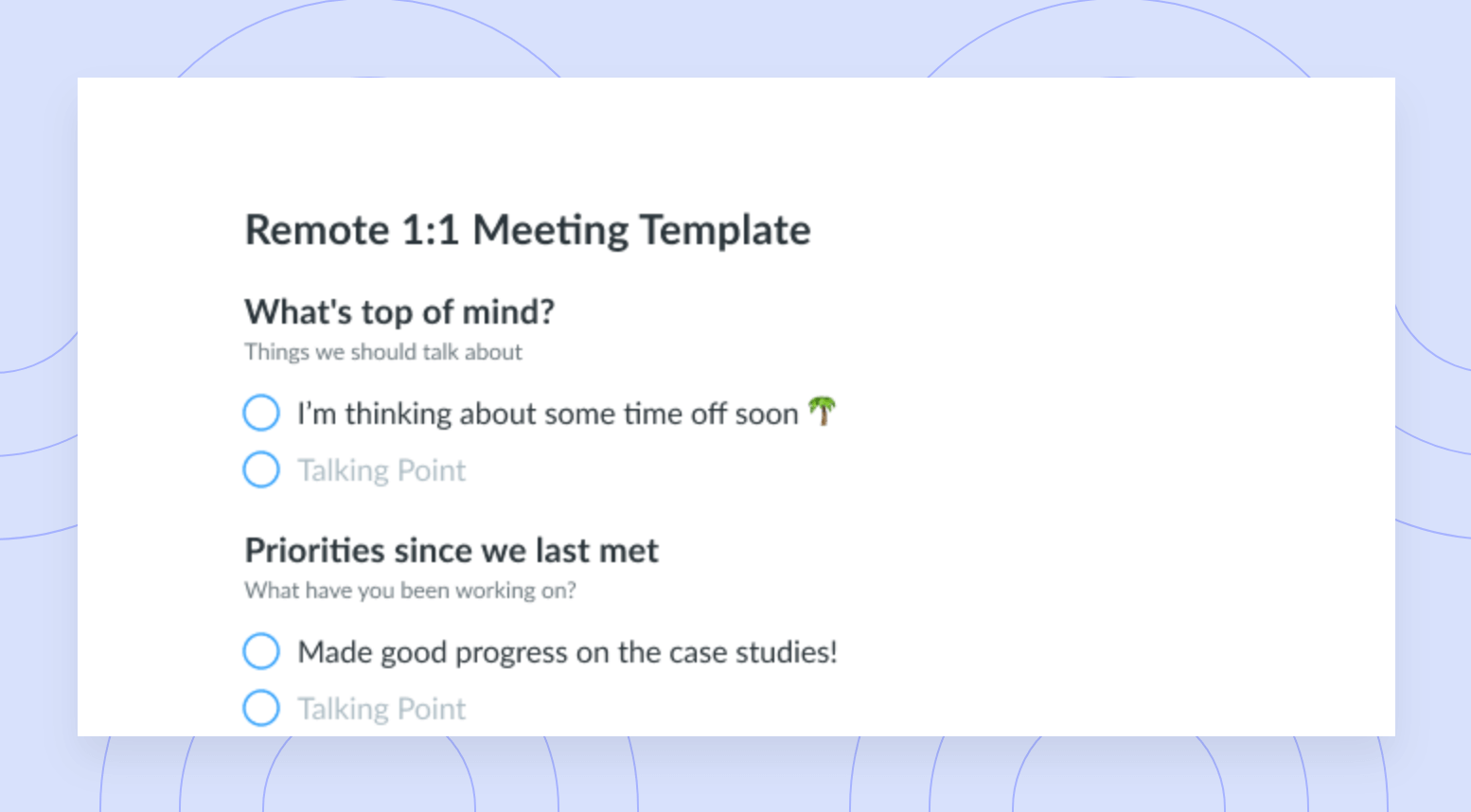

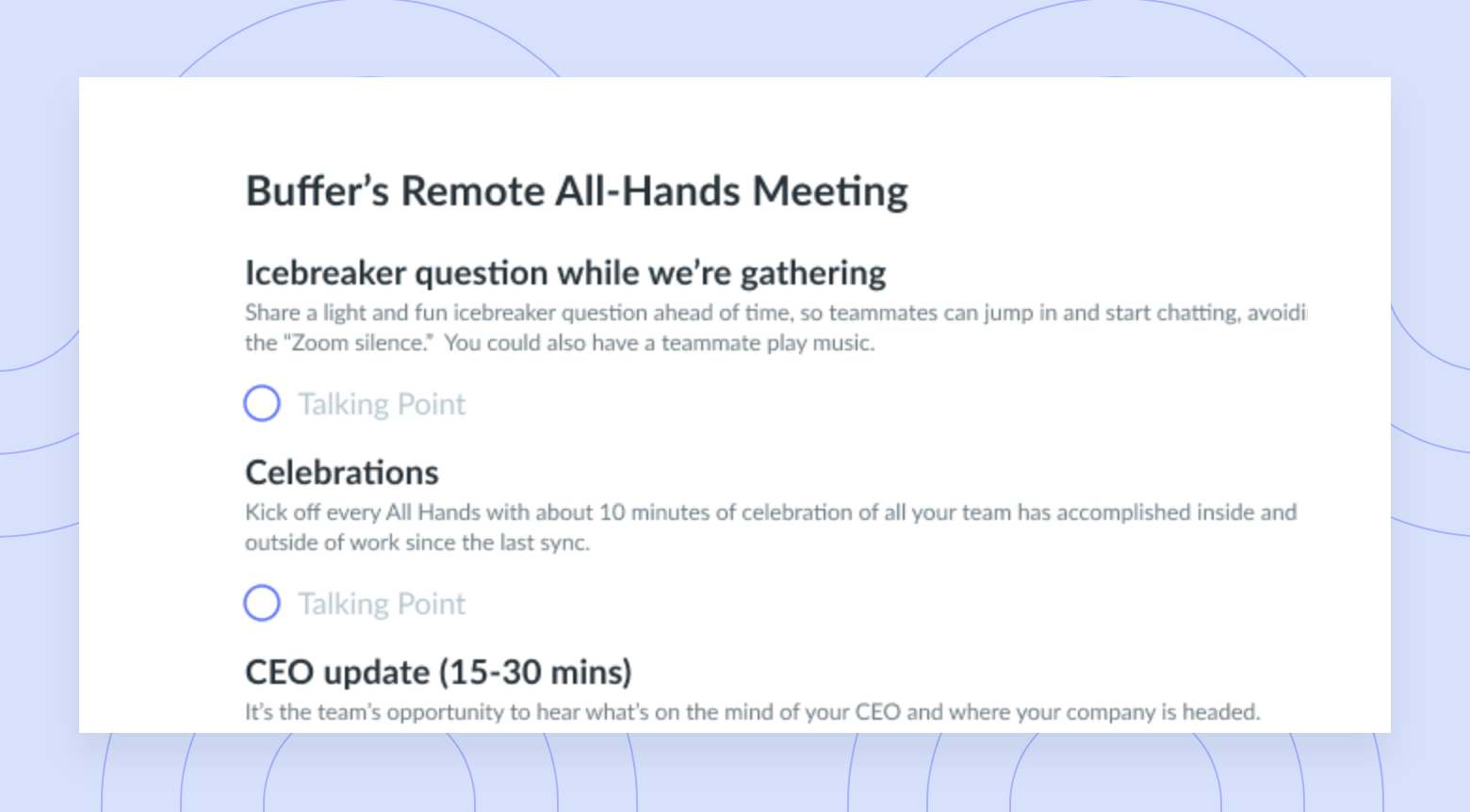
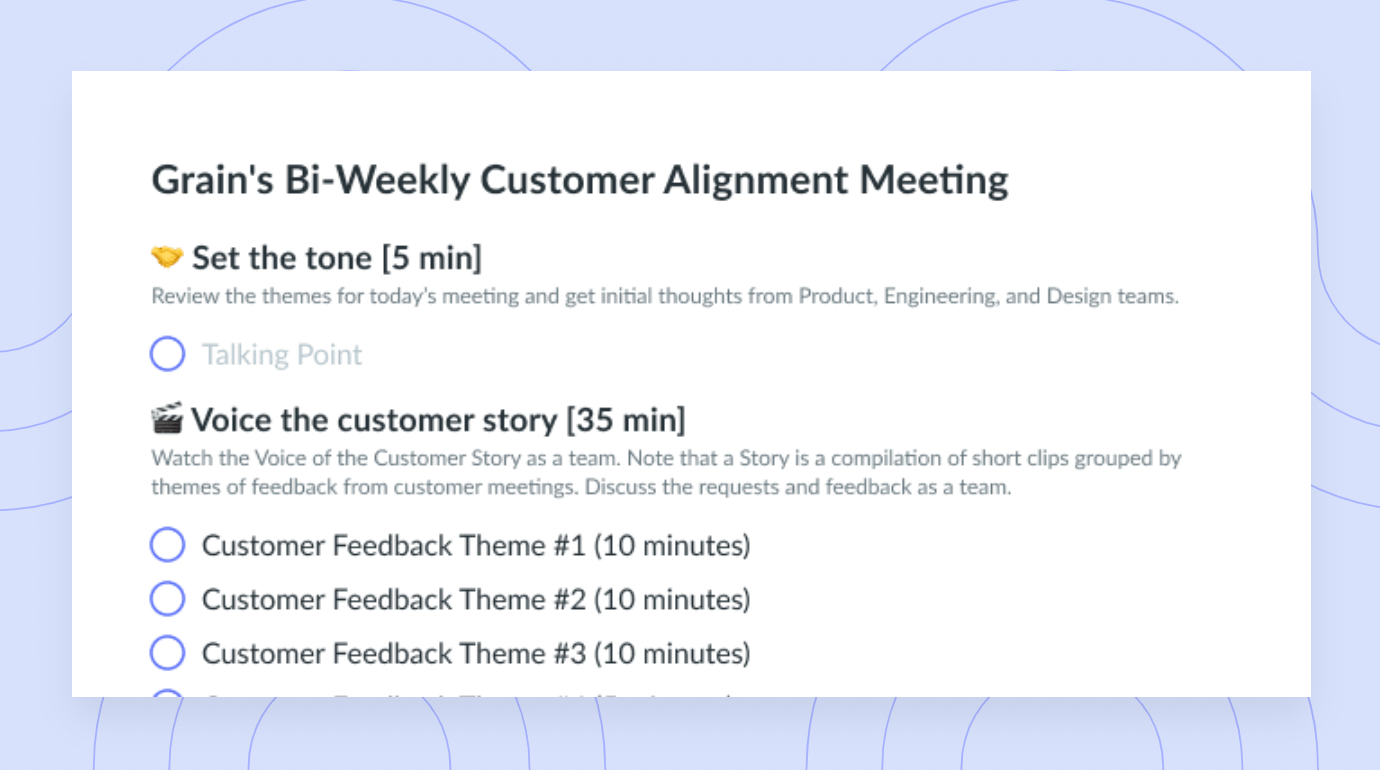
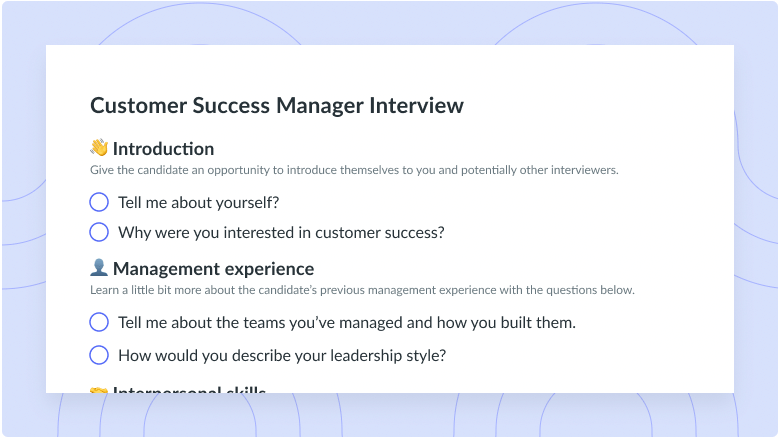


![What? So What? Now What? [Reflection Meeting] Template](https://fellow.app/wp-content/uploads/2021/08/What-So-What-Now-what-preview-v2.png)










